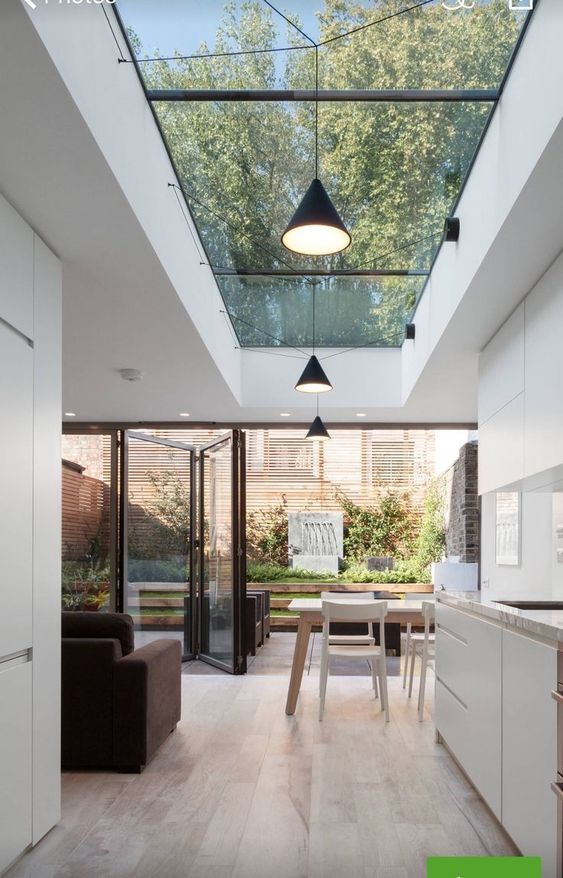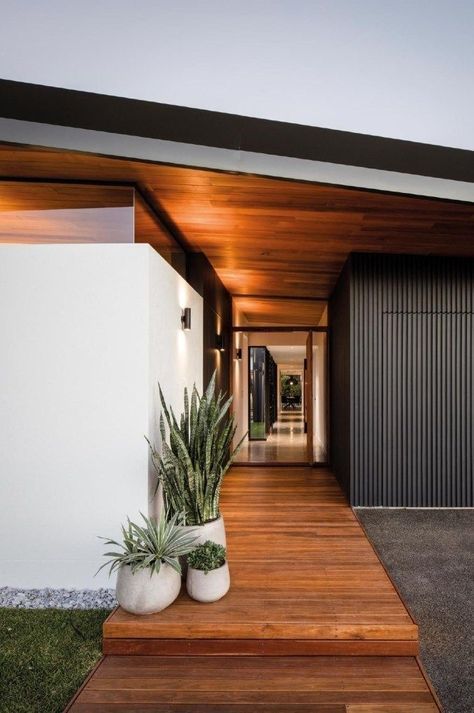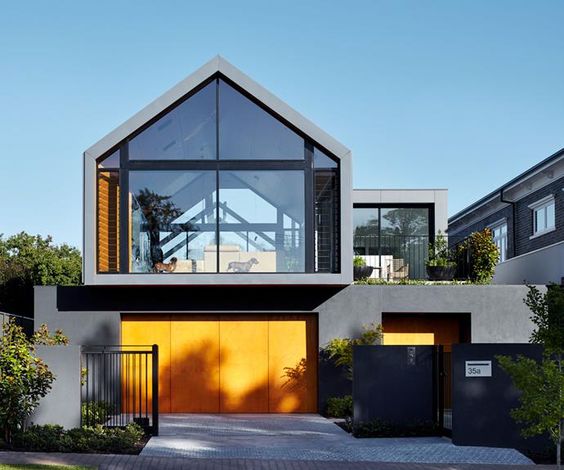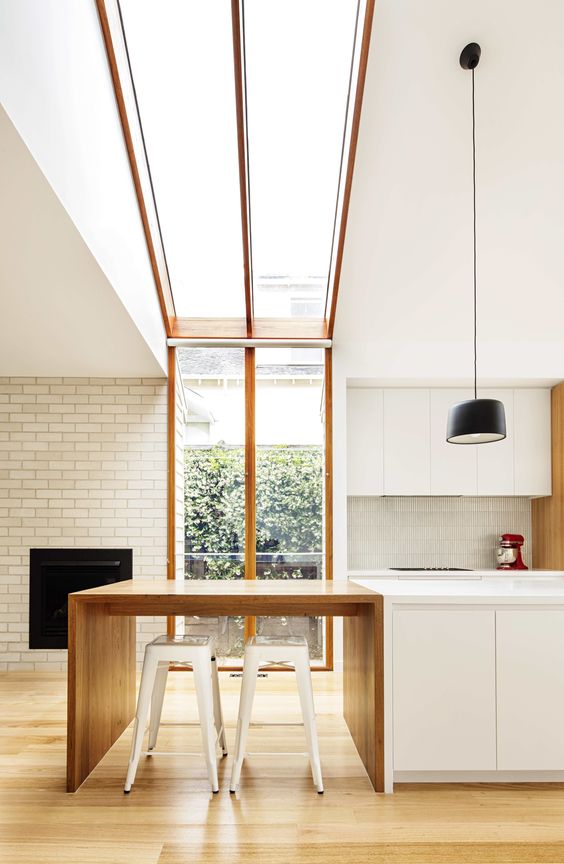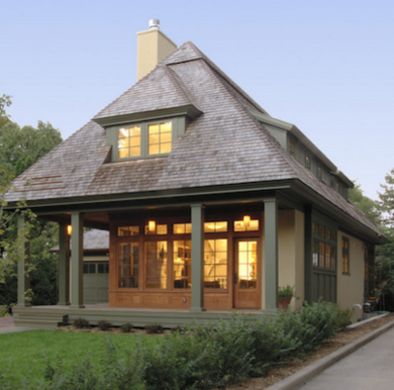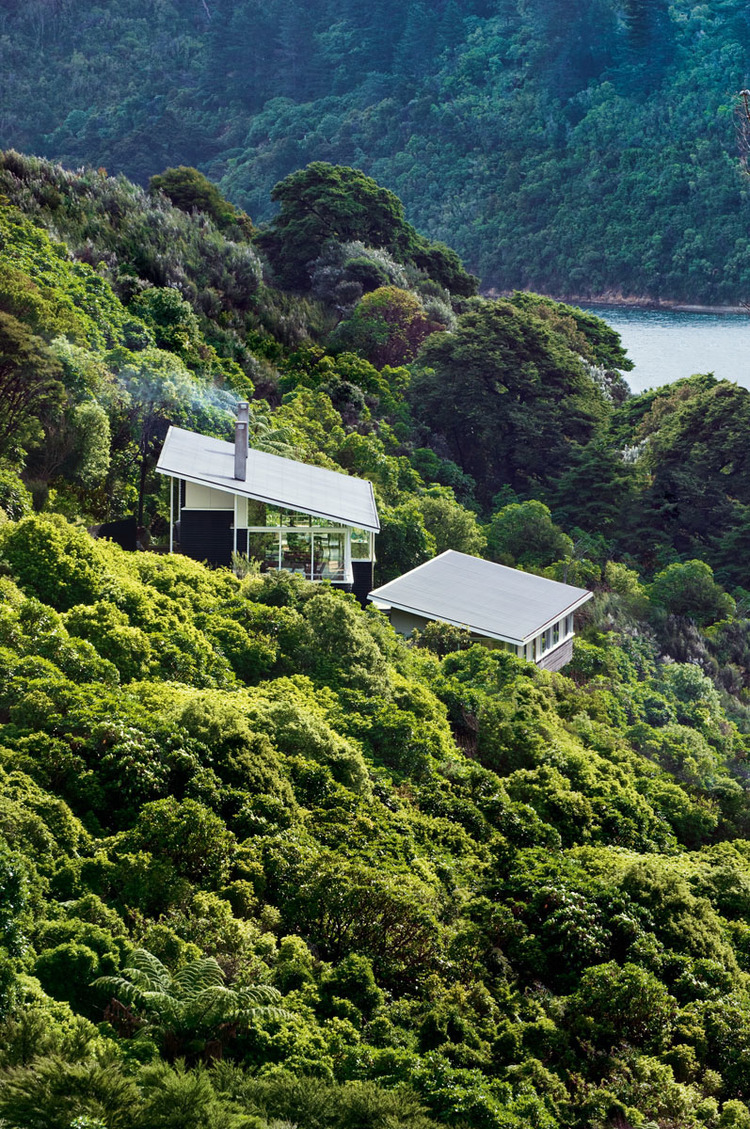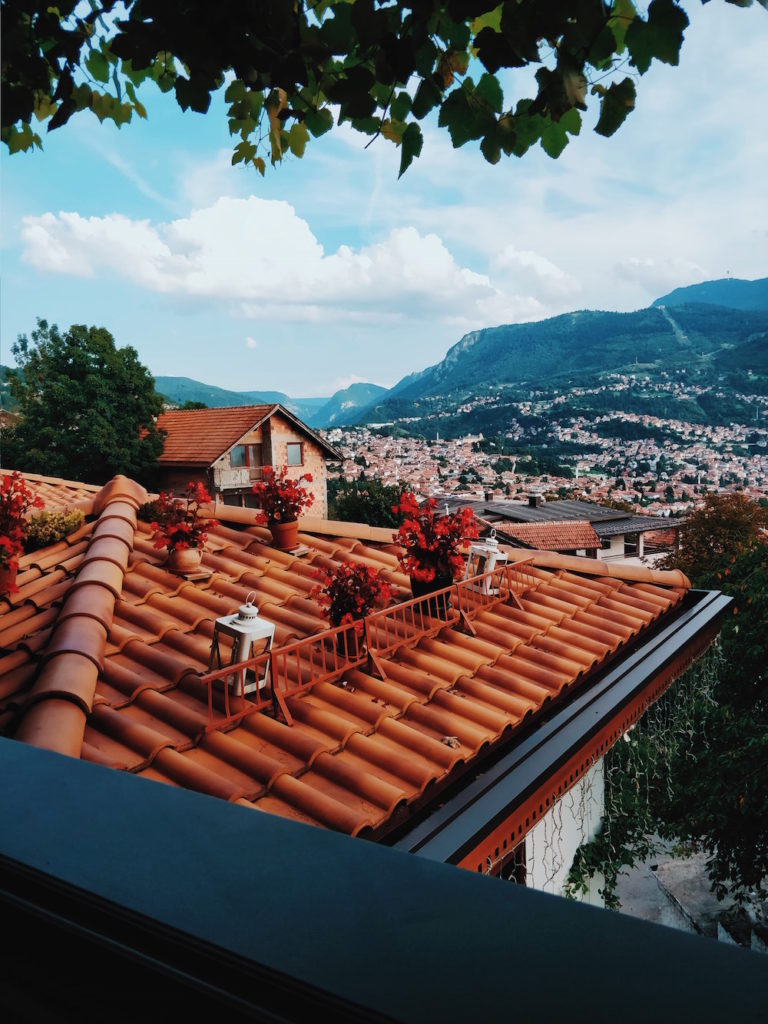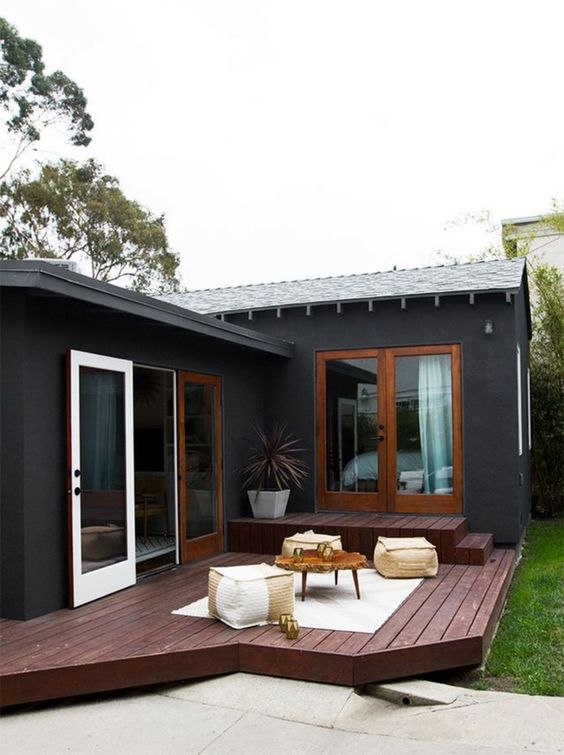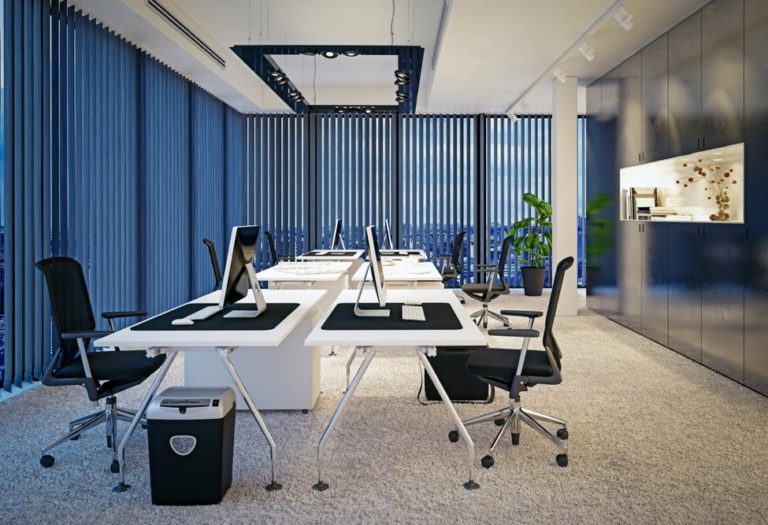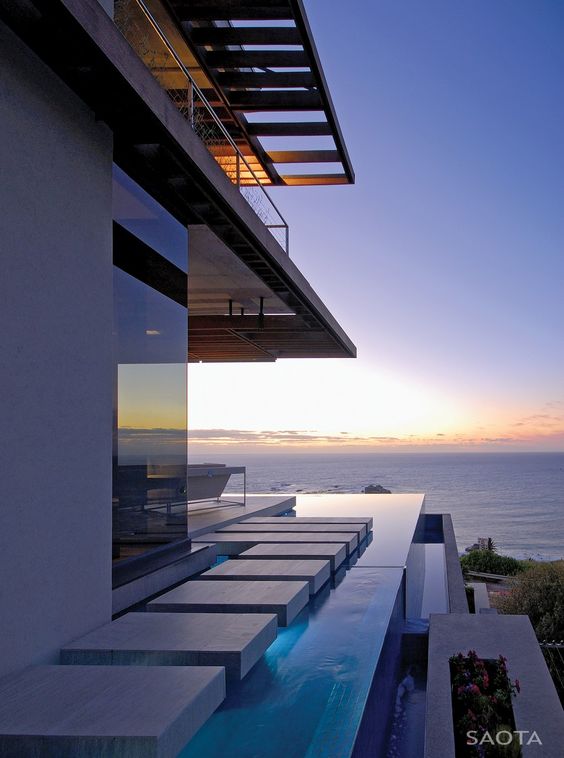The Main Differences Between The Types of Housing Roofs
Choosing the right kind of roof for a property is an important task. Obviously, it needs to look good – and complement the overall style of the house, but it also has to be good at keeping the bad weather out and the heat in so it’s cozy inside through the winter.
In some cases, the choice of roof type is pretty flexible, but there are some buildings where only a certain style of roof can really be used. Don’t worry if you don’t know, much about the main differences between the types of roofs used for houses, as we’ve put together this summary of the main styles to help.
Flat Roofs
Instead of the traditional sloping roof style, these are, as the name suggests, flat. They are best used in climates with little rain or snow as being flat means water can’t roll off into a gutter; leaving the roof vulnerable to stress and, ultimately, decay. They are cheaper than other styles, and probably most often used on single story extensions.
Flat roofs can also provide space for a second-floor apartment garden over a garage or similar, or come in handy for storing things like an a/c unit.
Gable roofs
These are easily recognized by their two, large, sloping roof panels which connect mid-center of the roof to create an inverted v shape. They are extremely popular amongst more traditionally designed homes, and they are always very attractive when on the right kind of property. Gable roofs are also long lasting as debris like leaves just fall straight off, along with water and snow, which make them great for most climates.
Gable roofs are not such a great choice for hurricane-prone or high wind locations as any weakness can soon lead to disaster. If you want this style regardless then consider adding hurricane braces.
Tiling a cable roof is a pleasure as there’s plenty of choice of materials, including metal, tiles (concrete or clay), and asphalt shingles.
Hip Roofs
These are similar in principle to gabled roofs, but each wall has a sloped piece rather than just having two large sloped planes. They are thought to reduce the stress on the building while retaining all the advantages of cable roofs.
Hip roofs are good for areas which generally have a decent amount of snow and wind, n water can’t collect on it the lifespan of a hip roof is surprisingly long.
So when you start looking around for roofers to talk about prices and availability you should have a decent idea already of what instantly appeals to you, and what doesn’t; what will work- considering the climate and neighborhood, and what won’t! Oh and of course, there’s always the important factor of budget to take into consideration too.
Take a look at this roofing blog for further insight into the world of roofing for various styles of housing, and the differences between them.

